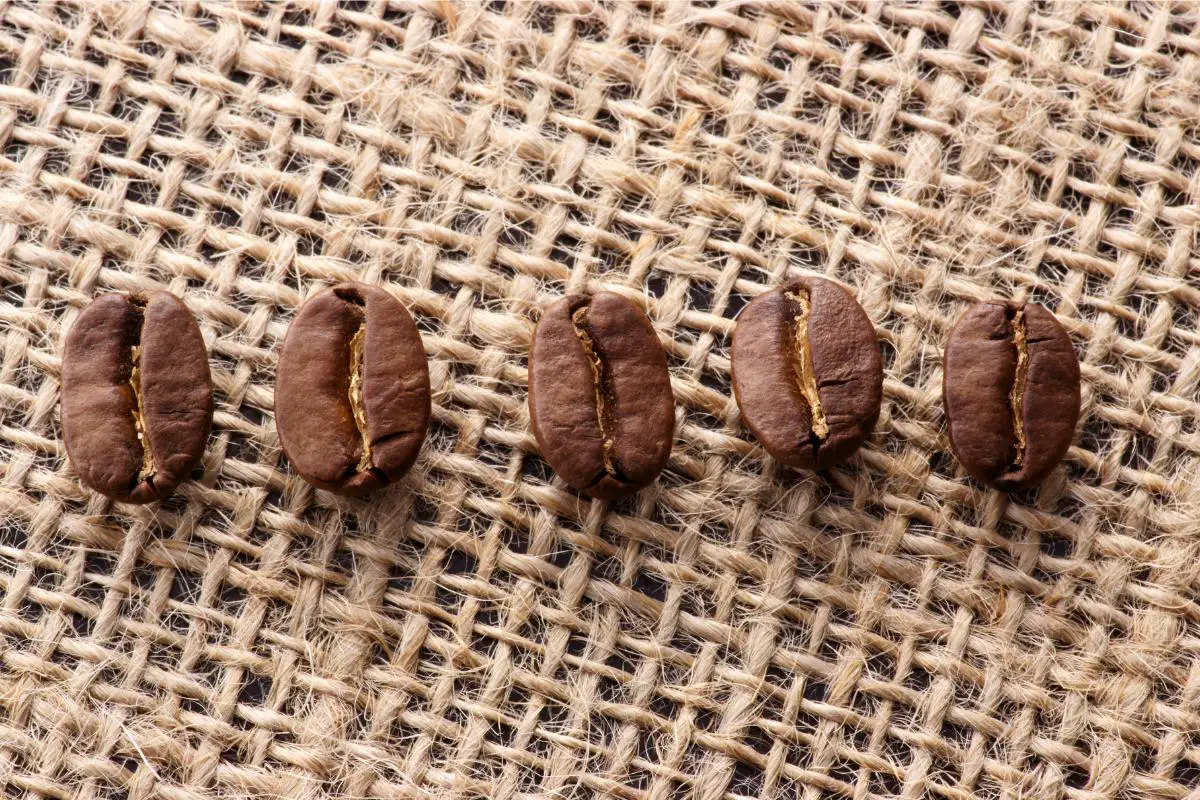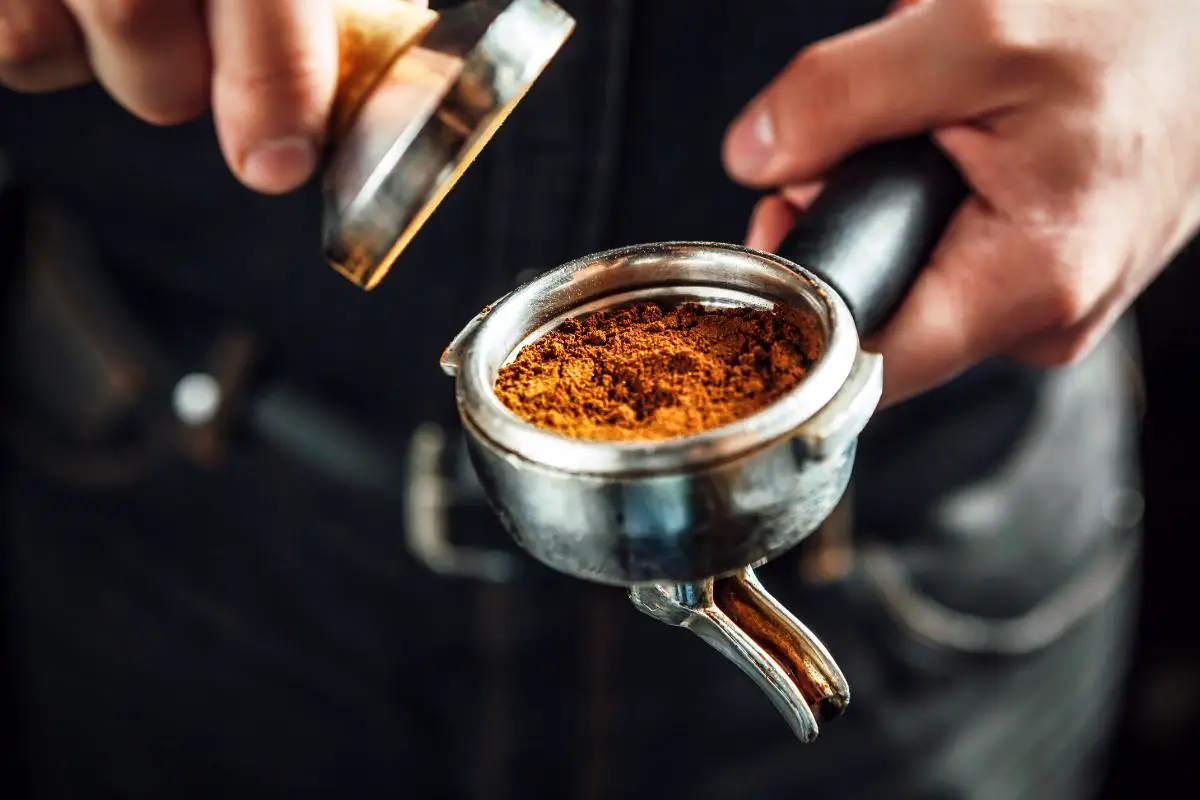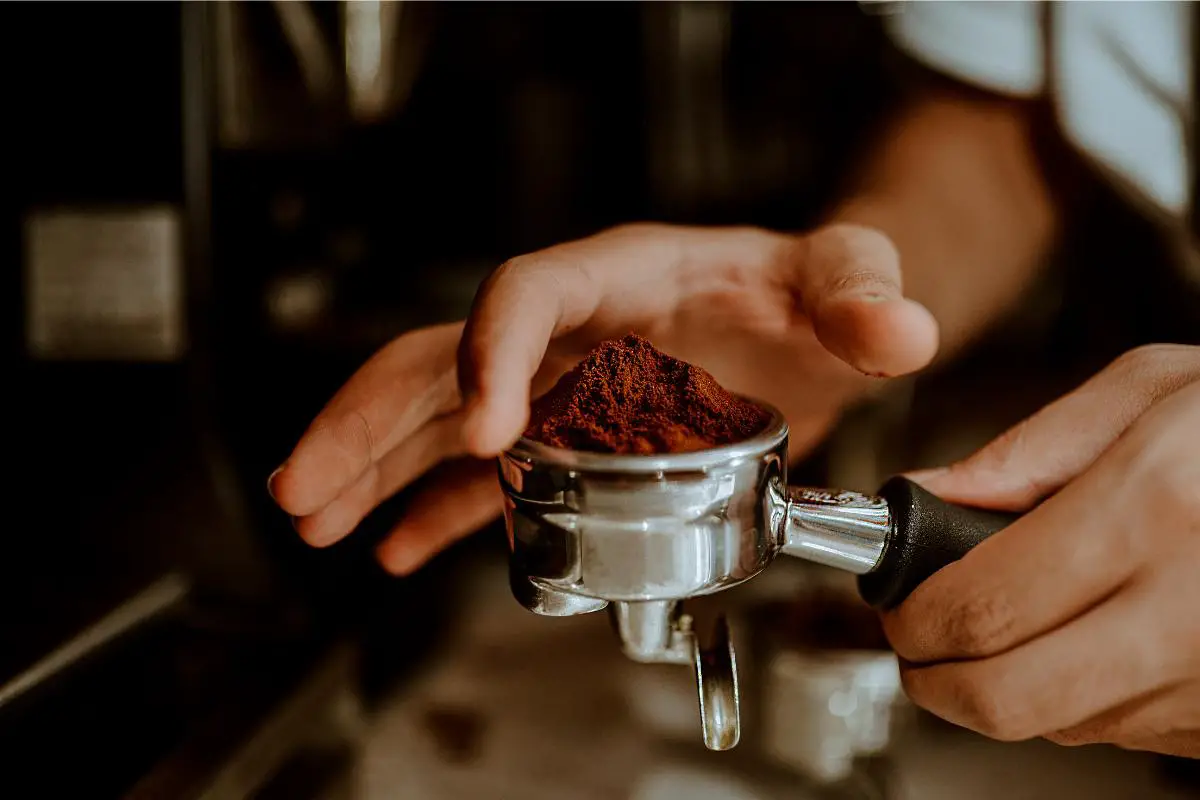Do you love coffee? If so, you’re in luck. This blog post will introduce you to a new type of coffee that you might not have heard of before: Sidra coffee.
What is Sidra Coffee? Sidra coffee is a delicious, full-bodied coffee with low acidity levels.
It’s perfect for those who want to enjoy a delicious cup of joe without worrying about heartburn or indigestion.
Please keep reading to learn more about this beautiful coffee, including where it comes from and how it’s made.
You’ll also get tips on making the perfect cup of Sidra coffee at home.
So let’s get started.
Table of Contents
What is Sidra Coffee?
Sidra coffee is a type of coffee grown in the Sidra region of Ethiopia.
The coffee beans are roasted to a medium roast, which results in a full-bodied flavour with low acidity levels.

This makes it an ideal choice for those who want to enjoy a delicious coffee without worrying about heartburn or indigestion.
What Does Sidra Coffee Taste Like?
Sidra coffee has a unique flavour that is both sweet and full-bodied.
The low acidity levels make it easy to drink, and the lack of bitterness means you can enjoy it without adding sugar or cream.
Some coffee drinkers also detect hints of chocolate or caramel in the flavour profile.
Overall, it’s a very well-balanced and enjoyable cup of coffee.
How Popular is Sidra Coffee?
Sidra coffee is becoming increasingly popular as more people learn about its unique flavour and health benefits.
It’s currently only grown in Ethiopia, but there is a growing demand for it in other countries.
Sidra coffee is available in the United States at some speciality coffee shops and online retailers.
Where is Sidra Coffee Grown?
The Sidra region of Ethiopia is known for its rich, fertile soil.
This makes it an ideal place to grow coffee beans, as they can thrive in a nutrient-rich environment.
The nearby mountains also protect the coffee plants from harsh weather conditions which provides the perfect climate for growing coffee beans, resulting in a high-quality product.
Is it true that Sidra coffee also grows in some of South America?
Sidra coffee indeed grows in some parts of South America.
However, the coffee originated in Ethiopia and was later introduced to South America.
The coffee plant thrives in warm, humid climates, and Sidra coffee is grown in countries such as Brazil, Colombia, Ecuador, Peru, and Venezuela.

While the coffee is grown in other parts of the world, South America is responsible for most of Sidra coffee’s production.
The coffee plant is delicate and requires specific growing conditions to produce high-quality coffee beans.
The Sidra coffee plant is a variety of the Arabica coffee plant, which is native to Ethiopia.
The coffee plant was introduced to South America by European colonists in the 17th century, and coffee quickly became an important export crop for many countries in South America, which still continues to be an essential part of the region’s economy today.
How is Sidra Coffee Made?
Sidra coffee is made using a traditional Ethiopian “natural processing method.”
This involves leaving the coffee cherries on the plant to dry in the sun.
Once they are dried, the coffee beans are hulled and then roasted to a medium roast, this results in a full-bodied flavour with low acidity levels.
How to Make Sidra Coffee At Home?
Now that you know all about Sidra Coffee, it’s time to learn how to make it at home.
The good news is that making Sidra coffee is easy, and you only need a few simple ingredients.
Here’s what you’ll need:
- Freshly ground Sidra coffee beans
- Water
- A coffee maker
- A coffee filter
Once you have all your ingredients, it’s time to start.
Here’s how to make the perfect cup of Sidra coffee at home:
- Start by grinding your coffee beans. You’ll want to use a medium grind setting on your coffee grinder.
- Next, add the ground coffee beans to your coffee maker and water. The ratio of coffee to water should be about one tablespoon of coffee per six ounces of water.
- Once you’ve added the desired amount of water, put your coffee maker on the “brew” setting and let it do its thing.
Once your coffee is done brewing, it’s time to enjoy it. Pour yourself a cup and enjoy Sidra coffee’s delicious, full-bodied flavour. You’ll be glad you gave it a try.
Quick Tip: The best way to brew Sidra coffee is with a medium grind setting and a ratio of one tablespoon of coffee per six ounces of water. Additionally, it’s essential to let the coffee maker do its thing and not over brew the coffee.
Sidra Coffee Nutrition Facts
A single serving of Sidra coffee (eight ounces) contains approximately:
- 96 calories
- 12 grams of fat
- 24 grams of carbohydrates
- 0 grams of protein
The caffeine content?
An eight-ounce cup of Sidra coffee contains approximately 96 mg of caffeine.
This is less than the average cup of coffee, which contains around 100-200 mg of caffeine.
However, it’s important to note that the caffeine content can vary depending on the roast level and brewing method.
What Are The Health Benefits Of Drinking Sidra Coffee?
In addition to being delicious, Sidra coffee has a few health benefits.
For starters, it’s a good source of antioxidants which are essential for maintaining good health and preventing disease.
Additionally, Sidra coffee can help improve cognitive function and increase energy levels.
Finally, Sidra coffee is also low in calories and fat, making it an excellent choice for those watching their weight.
Frequently Asked Questions

A. No, Sidra coffee is not particularly strong. It has a medium roast with low acidity levels, which results in a smooth, full-bodied flavour.
A. Yes, Sidra coffee is good for you. It’s a good source of antioxidants and can help improve cognitive function and increase energy levels.
Additionally, it’s low in calories and fat, making it an excellent choice for those watching their weight.
A. You can easily make Sidra coffee at home with just a few simple ingredients. All you need is freshly ground Sidra coffee beans, water, and a coffee maker.
A. No, Sidra coffee is not decaffeinated. However, it does have a lower caffeine content than the average cup of coffee.
A. Yes, Sidra coffee is organic. The coffee beans are grown without pesticides or other harmful chemicals.
Conclusion
So, there you have it.
Sidra coffee is a good source of antioxidants and contains trace amounts of minerals such as potassium and magnesium.
It is also low in acidity, making it easy on the stomach, however, Sidra coffee does contain caffeine, so it is unsuitable for those sensitive to this stimulant.
Now that you know about Sidra coffee, it’s time to try it.
Head to your local coffee shop or order some online and see for yourself what all the hype is about, you might find that it’s your new favourite cup of coffee.
If you enjoyed this article, read more like this by checking out our Specialty Coffee Beginners Guides.




